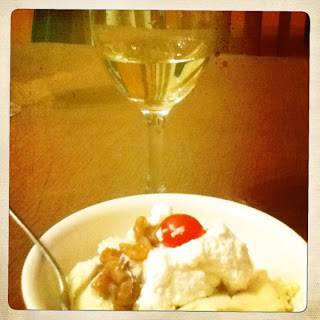 |
| Ha'atafu Beach, Tongatapu |
When I’m standing outside, with cold winds swirling around me, in Baltimore, I close my eyes and reminisce about Ha’atafu beach, in Tonga, with the sun warming my skin and watching the waves roll in, while crabs, of various types, walk sideways along the rocks and coral beach surrounding me.
 |
| Local beer |
My husband and I went to Tonga in November 2010 as a side trip/vacation when we were living in Australia. When we tell people we’ve been to Tonga, the first question we’re asked is almost always,
“Where?” The 170+ islands that make up the Kingdom of Tonga are located in the South Pacific, southeast of Fiji, and just south of Samoa. Unlike Fiji, Tonga is not touristy (although people do visit Tonga during whale season, when humpbacks come to the islands to breed and play) nor was it ever colonized by another country. Tonga is rich in history and contains fascinating archaeological sites like Langi (terraced tombs) or the Ha’amonga (the “Stonehenge of the South Pacific”).
 |
| Pigs and chickens grazing |
Tongans are the kindest and friendliest people I have ever met, who treated us like old friends. While riding bikes through the main island, Tongatapu, we were hard pressed to find someone who did
not wave or say hi to us (in fact, an entire school of children yelled ‘hi’ and ‘bye’ at us as we rode by). A man, named Jimmy, invited us on his porch to talk, and his wife brought us extremely flavorful and juicy watermelon slices to eat.
 |
| Talamahu Market in downtown Nuku'alofa |
Many Tongans are subsistence farmers. The men take turns working each other’s fields, where they grow staples such as taro, yams, sweet potatoes, and cassava. Tropical fruit, like bananas, mangos, pineapples, coconuts, and papayas, grow in abundance throughout Tonga. According to one villager we spoke to, anything not growing in a field belongs to the king, so it’s free to eat. Other Tongan crops include coffee, vanilla beans, tomatoes, potatoes, greens and other veggies. Major livestock includes chickens and pigs, which, often, freely roam the streets. (Another villager told us that, people will trade livestock for crops, and vice versa.)
 |
| Cassava crop |
Although Tonga has a wide variety of crops grown, traditional Tongan cuisine tends to be pretty meat heavy. For example a popular dish, especially for feasts or special occasions, is a suckling pig, roasted slowly for hours, in an underground, earth oven, called an Umu. Another traditional dish, called ‘ota’ika, is made with raw fish in coconut milk, with onions and other seasonings.
 |
Purple potatoes, breadfruit, and plantains
from a dinner buffet and cultural show we
attended on Tongatapu |
Nick and I were lucky that our lodge had a fully furnished kitchen for guests to use. To save money on our trip, we went to the Talamahu Market, in downtown Nuku’alofa (the capital of Tonga), to purchase food from farmers, instead of eating out. The market is fantastic. We loaded up on freshly picked fruits, vegetables, and herbs. Venders sell everything from produce to local crafts (like beautifully painted tapa cloth and basketry). I have never had pineapple as wonderful as the pineapple we bought at the Talamahu Market- small, sweet, juicy, and flowery, with a hint of coconut flavor- simply amazing.

















































